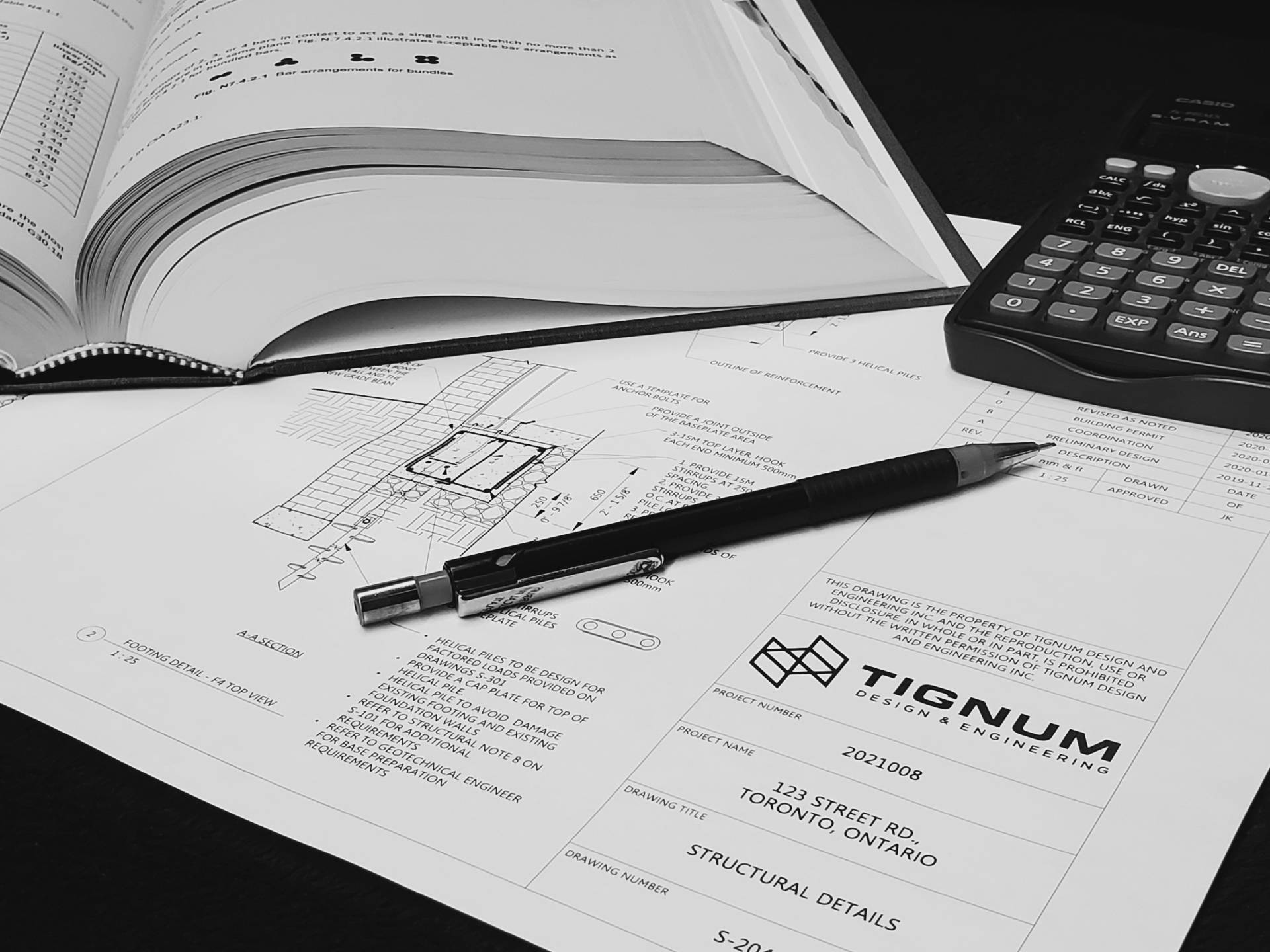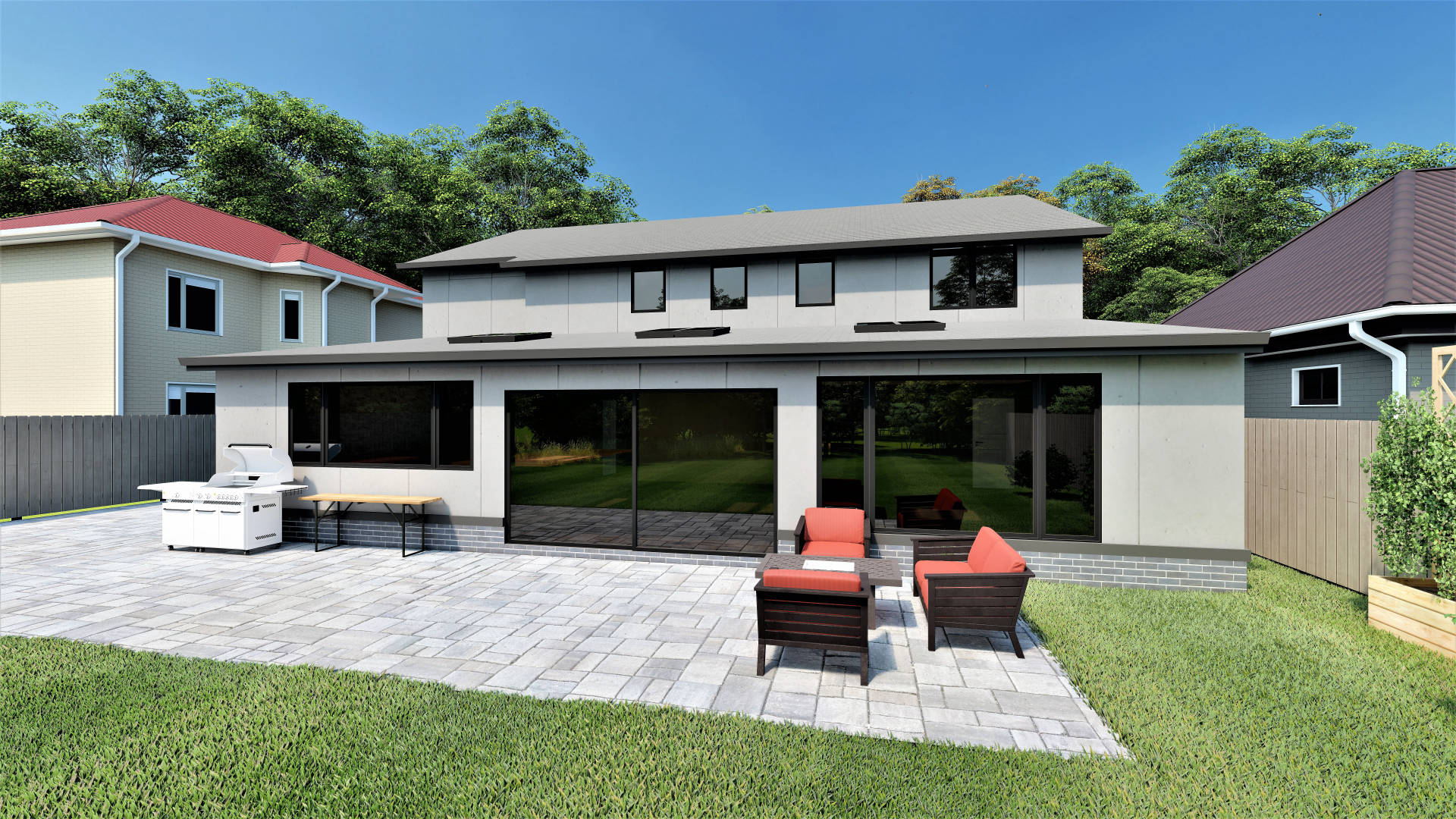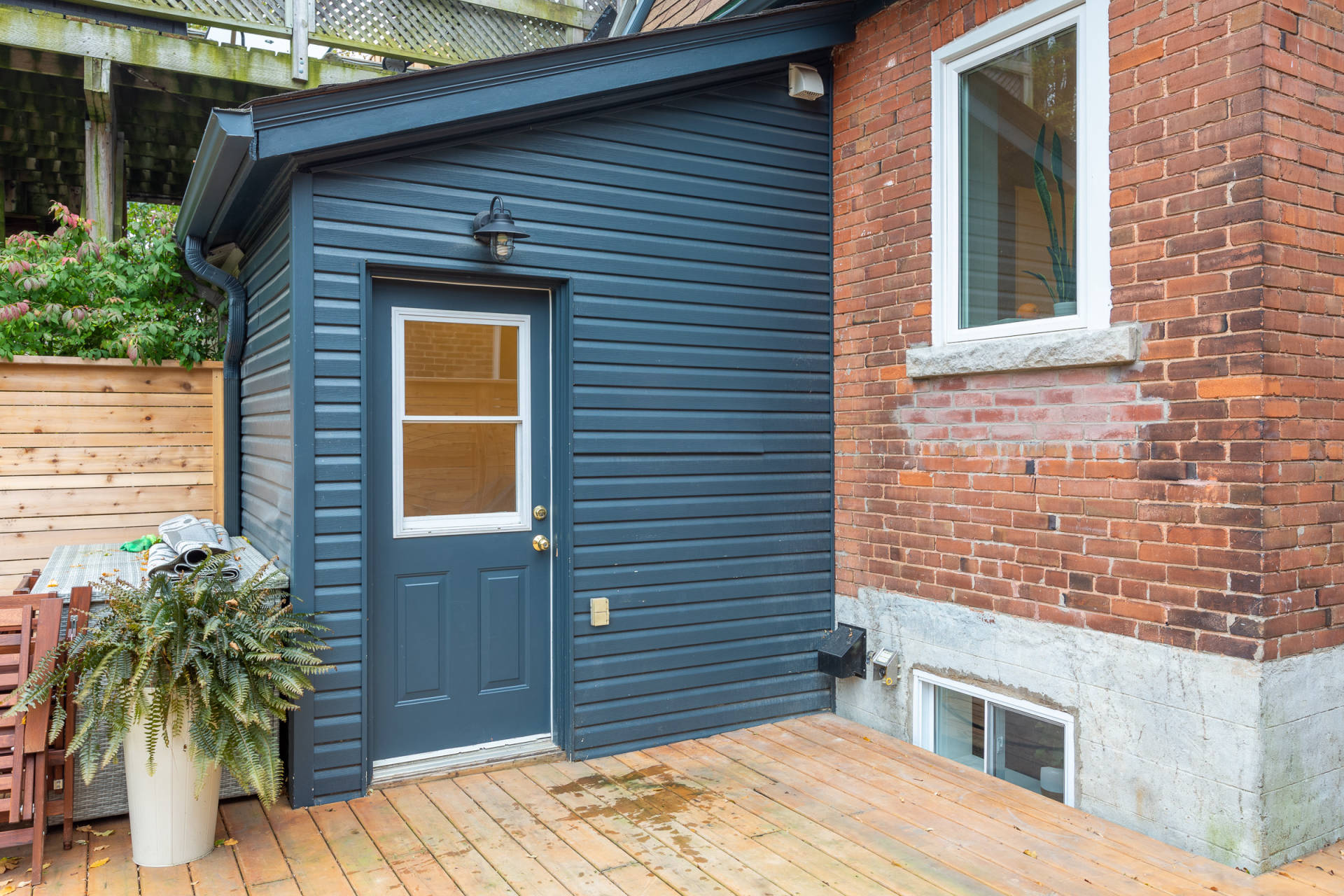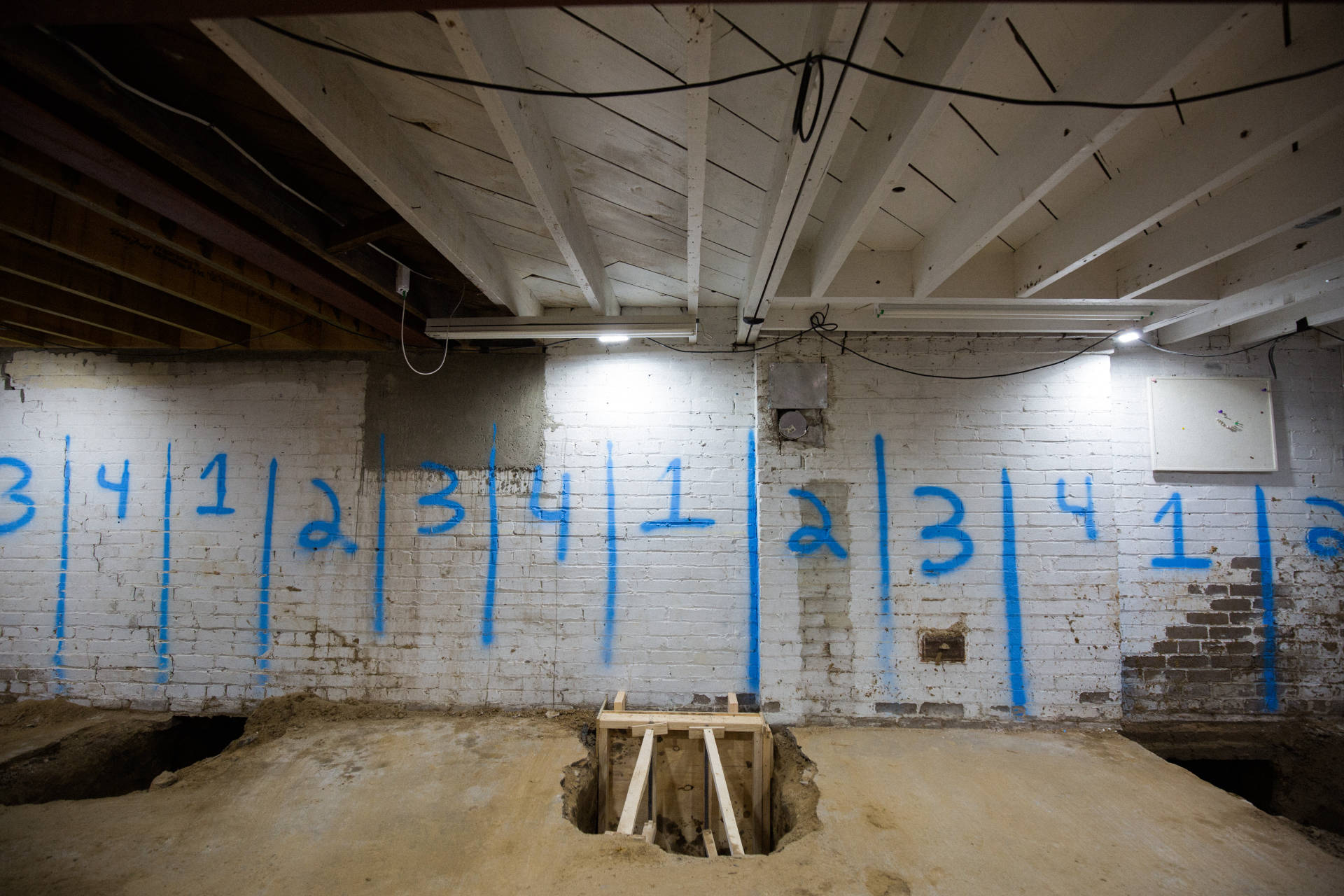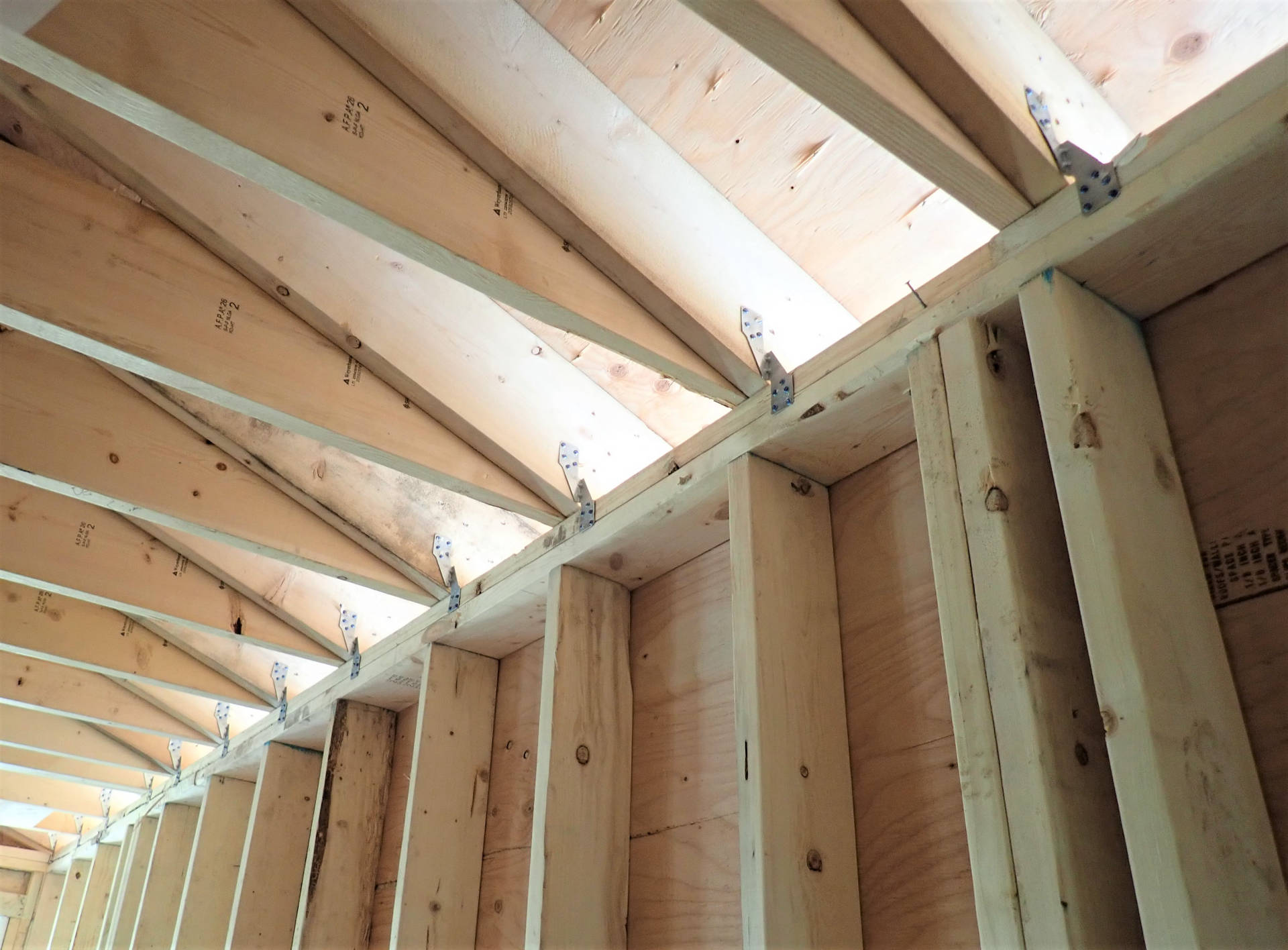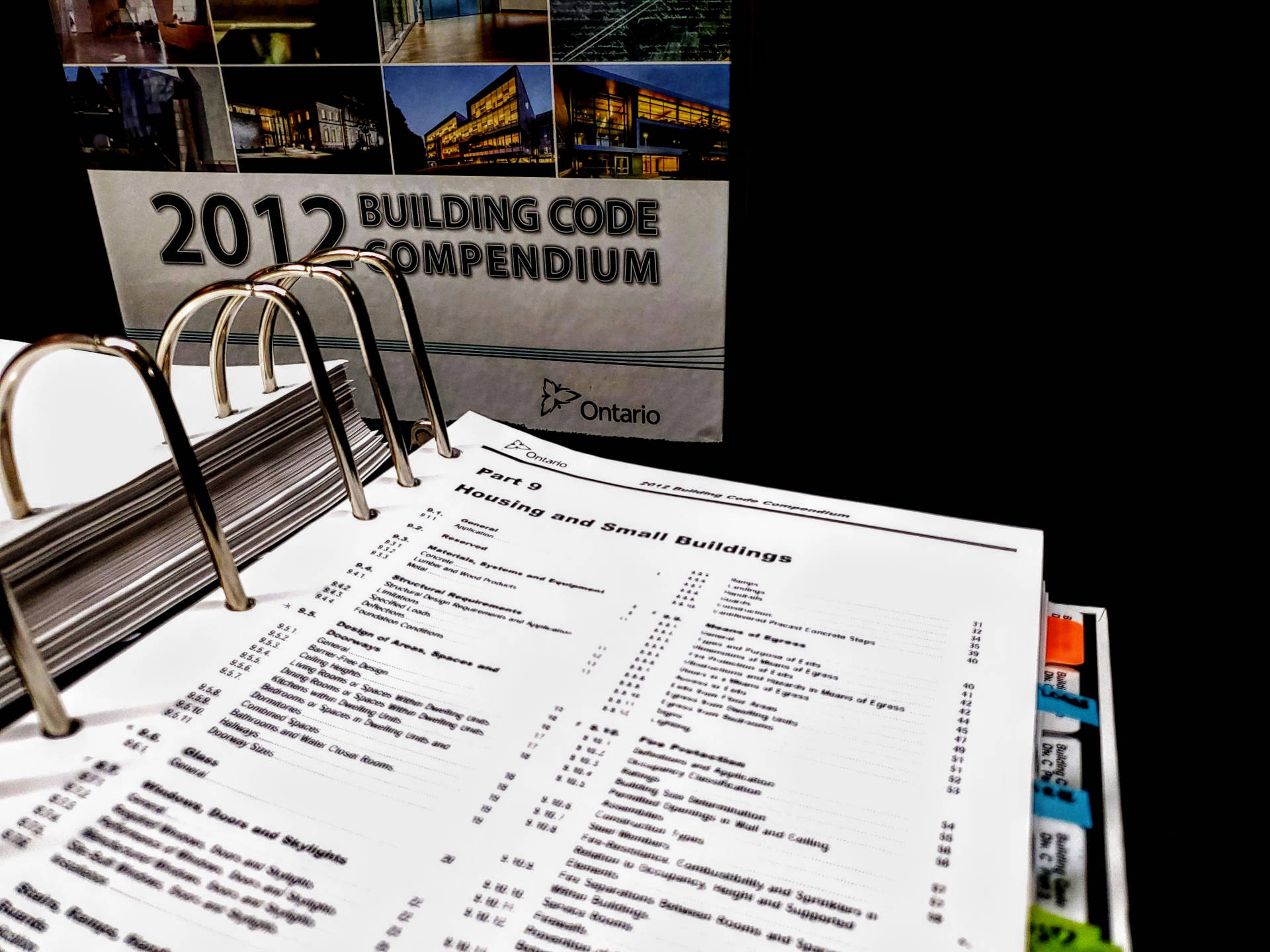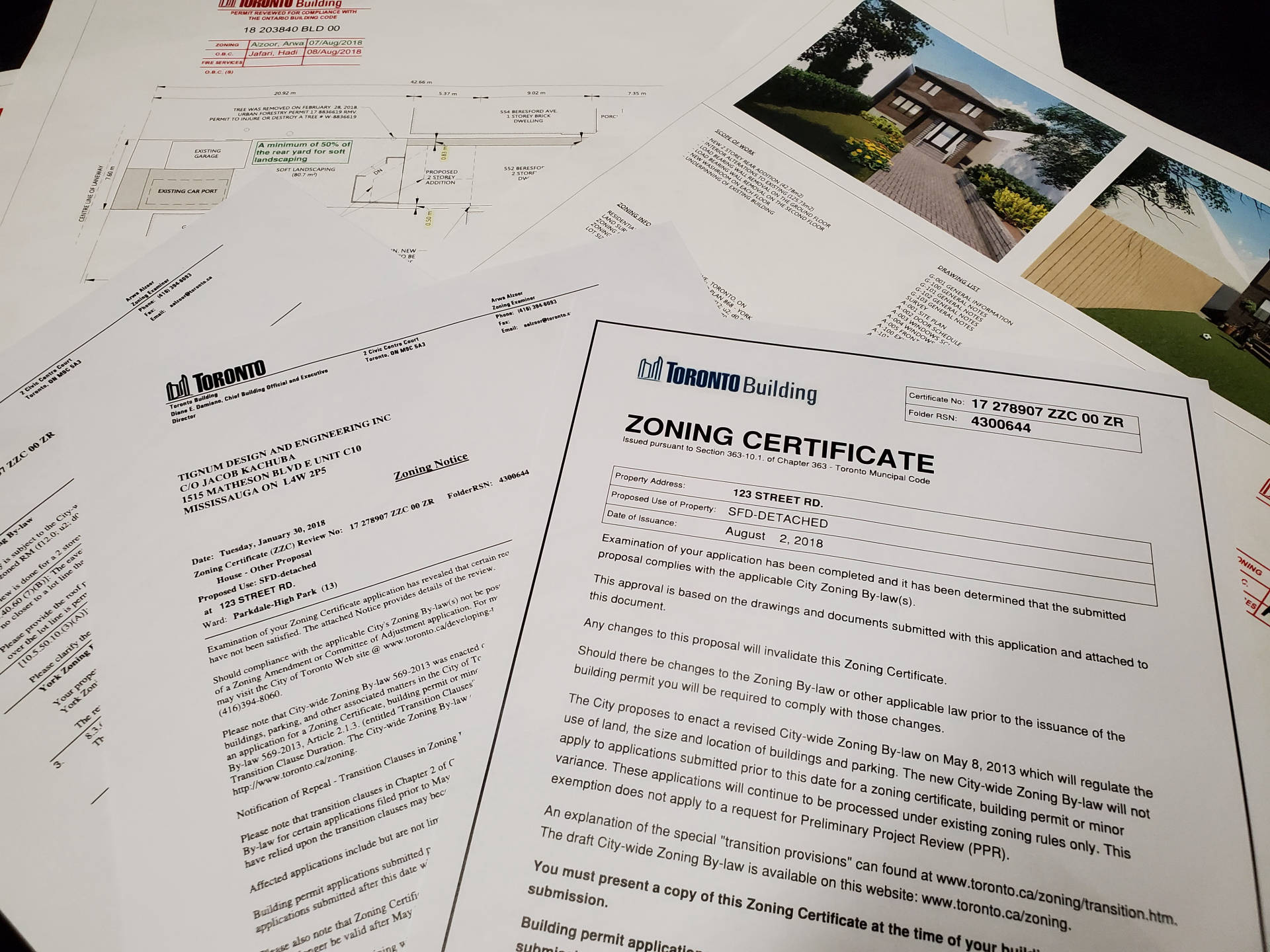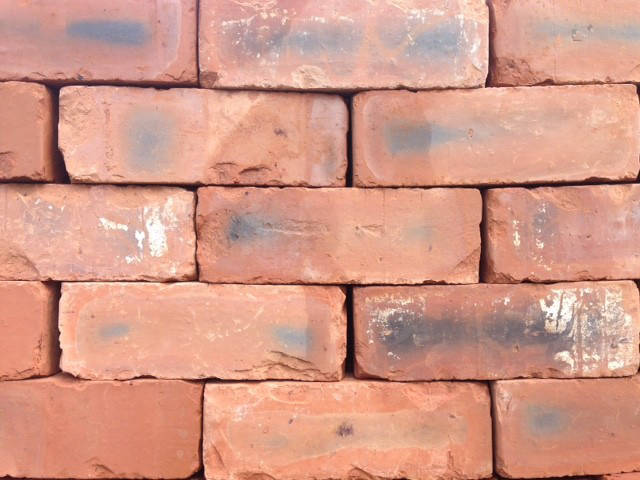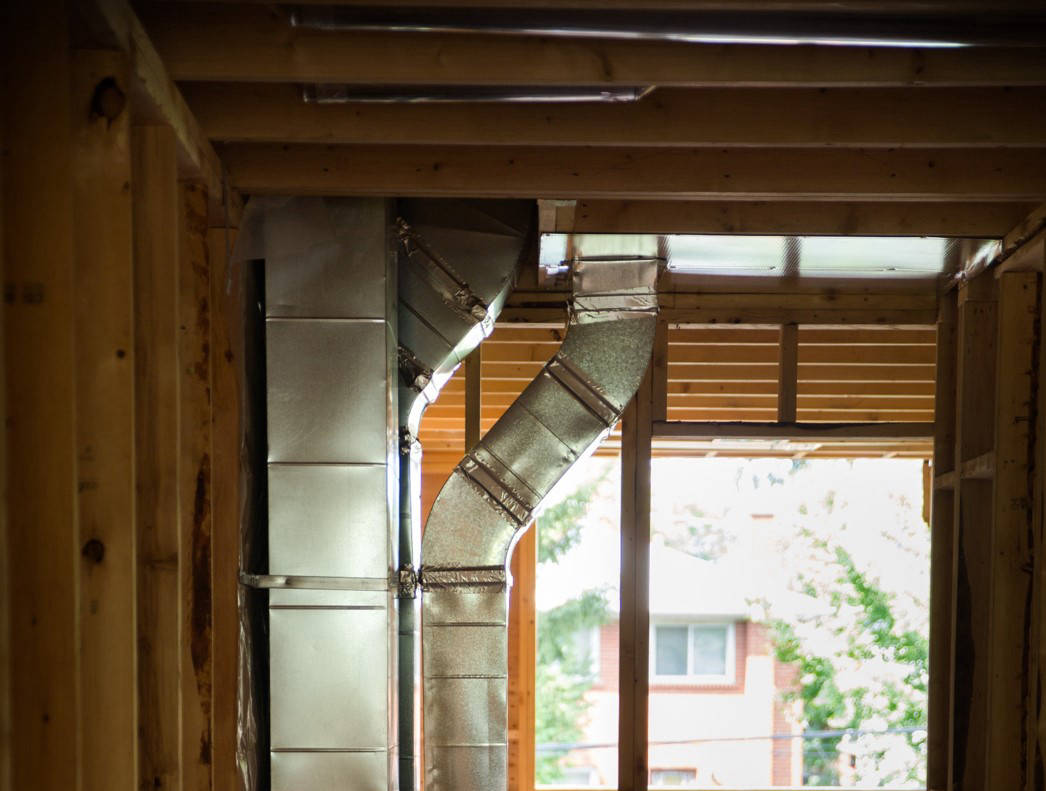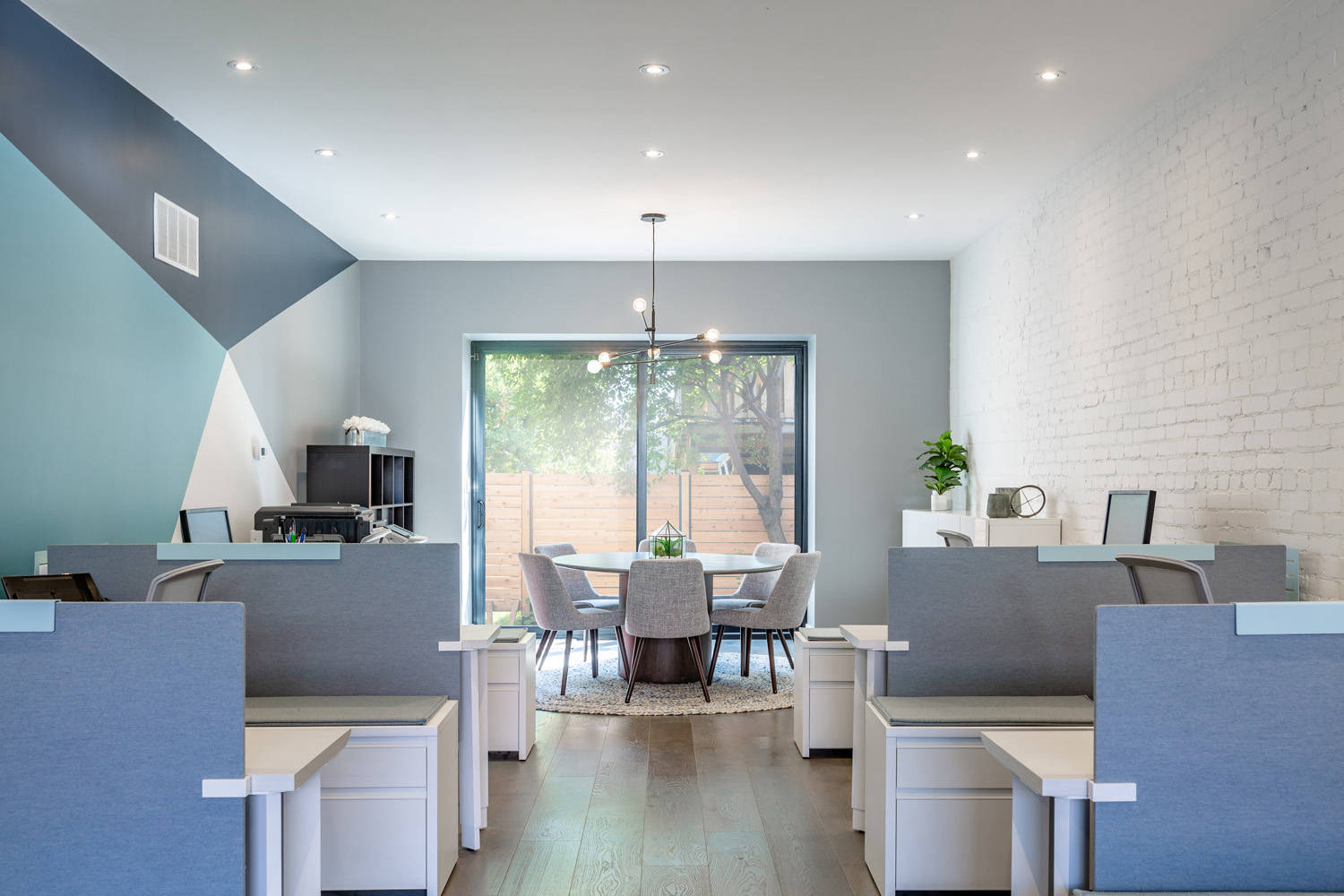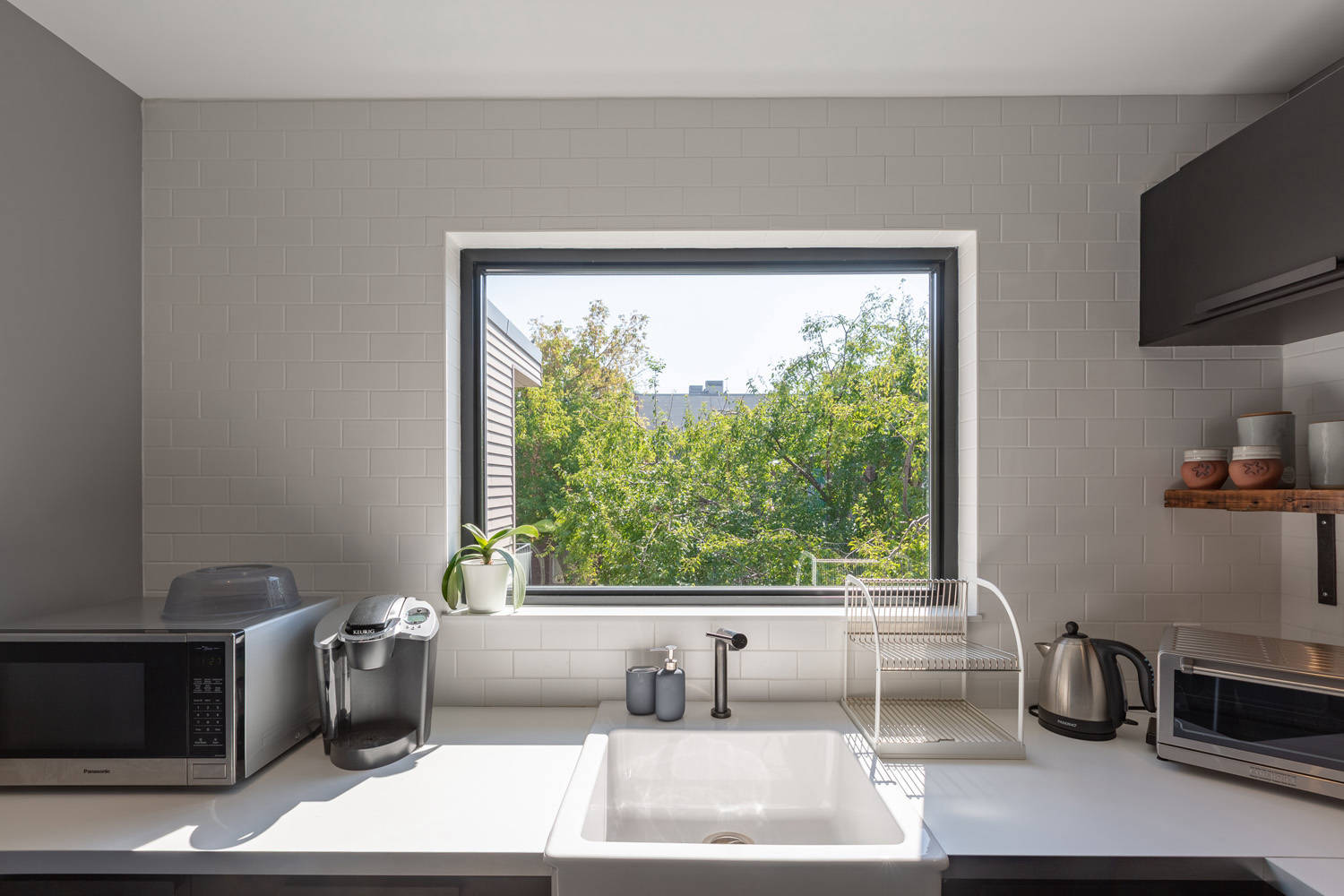The Intricacies of Mechanical Design
What is Mechanical Design?
Mechanical Design is the design of all systems pertaining to the heating, ventilation, and air conditioning (HVAC) of a building to ensure occupant comfort. All buildings have HVAC needs regardless of whether they are a home, office, restaurant, school, hospital, or warehouse. The mechanical engineer or HVAC designer not only chooses the heating and cooling systems and where to put the ductwork, but also assesses how to condition the air to ensure air quality, energy efficiency, and moisture management..
The Basics of Mechanical Design
In order to prepare the mechanical designs, the designer or engineer will first determine the size of the space to be heated or cooled. They will then look at how the space will be used and determine how often the air must be recirculated to maintain the correct temperature, humidity, and freshness for comfort. Finally, they will choose the appropriate heating source, cooling equipment, and ductwork layout for the building, all with the purpose of ensuring occupant comfort. The mechanical designer must take many things into account to ensure that the ductwork leads to efficient heating and cooling of the building while not compromising structural elements or the look and feel of the space.
The H in HVAC - Energy Efficiency
The heating in HVAC refers to the heating and cooling equipment of the mechanical system in the building. This has a large impact on the energy efficiency of a building. Yes, you can buy equipment that is energy efficient, however, the entire system needs to be optimized. This means that the energy requirements of the building must be considered as a whole to ensure that there are no hot or cold spots within the building. Things to consider include, but are not limited to: the amount of sun exposure, sources of internal heating sources, and sources of high amounts of heat loss or gain. All of these must be taken into consideration in order to effectively create heating and cooling zones in the building. Effective division of the heating and cooling requirements can lead to a reduction in the energy requirements for the building as a whole, while ensuring occupant comfort.
The V in HVAC - Air Quality
The ventilation in an HVAC system is concerned with the air quality of the space. Fresh air and proper contaminant filtering has become particularly important with the more prolific presence of airborne diseases in our buildings. Many individuals have likely experienced having gone to a presentation or performance where air circulation was poor which caused them to get sleepy. Sleepiness is a result of carbon dioxide not being effectively removed from the space. An effectively designed HVAC system will have the proper amount of fresh air to dilute contaminants, like carbon dioxide, from the air.
Mechanical designers may also be required to do design for more specialized spaces like surgical suites or science labs. The designers must understand the specific purpose and use of the space in order to ensure the proper air conditions and quality that will keep everyone safe.
The AC in HVAC - Moisture Management
Air conditioning in HVAC refers to conditioning the air through the mechanical equipment to manage the moisture carried by the air. This is important because air inherently carries moisture. The moisture in the air, commonly referred to as the humidity, must be controlled because if it is too dry or too humid the occupants will not be comfortable. The mechanical designer thus takes into account the purpose of the various rooms to ensure that the appropriate amount of humidity is added or removed to keep everyone comfortable.
